In the field of museum object conservation, the correct identification of materials is vitally important in designing a preservation treatment. Scanning electron microscopy (SEM) is a useful tool for conservators. The microscopic analysis allows for the viewing of morphological features which aid in materials identification and condition diagnostics and pairing SEM with energy dispersive x-ray spectroscopy (EDS) elemental mapping can provide further information on an artifact’s condition. Conservators from The Mariners’ Museum and Park in Newport News, Virginia (https://www.marinersmuseum.org/), recently sent several samples to Element Pi for analysis on the EM-30N Tabletop SEM. The institution has an extensive collection including more than 32,000 objects, 1.75 million Library materials, and archival documents, and is the repository for 210 tons of artifacts raised from the wreck of USS Monitor in partnership with the National Oceanic and Atmospheric Administration's Monitor National Marine Sanctuary.
Archaeological Gray Cast Iron
USS Monitor was the first ironclad in the US Navy, and the first commissioned, turreted warship in the world. The vessel sank in a storm in 1862, and the turret and engineering section were retrieved between 1999-2002. Many of the recovered components, including the ship’s armament, are made of grey cast iron, an alloy of primarily iron and carbon (approximately 6% in the form of graphite flakes). In prolonged contact with seawater, the iron content of the alloy is depleted through graphitic corrosion leaving a fragile, graphite enriched surface which is prone to fracturing, spalling, and loss (Figure 1).
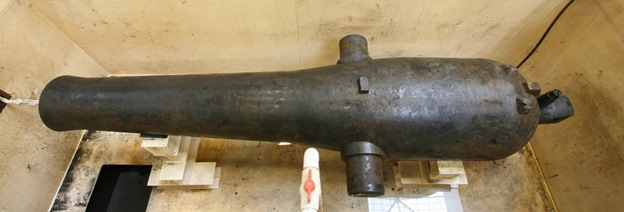
Figure 1. One of USS Monitor’s two, XI-Inch Dahlgren Shell Guns. Approximately 1cm of the outer surface has been converted to fragile graphite by corrosion and must be consolidated to preserve it. MNMS.2002.001.0469A, Port Dahlgren. Image courtesy of The Mariners’ Museum and Park
To ensure that USS Monitor’s marine archaeological grey cast iron objects will be successfully preserved, analytical rigor is necessary. Conservators must first understand how the material degrades, so they can then develop methods and techniques to prevent further deterioration. As a result, dealloyed cast iron test samples were made and experiments are ongoing at the museum to determine an ideal set of consolidants, corrosion inhibitors, and drying methods to treat the structurally-weakened artifacts. One of these test samples was sent for analysis with a Coxem EM-30N to establish a baseline threshold for microfractures in the graphite layer. Successful mapping of the fractures utilizing the instrument has shown the potential of the technique and how it can be a useful tool to look at additional samples in the future (Figure 2).
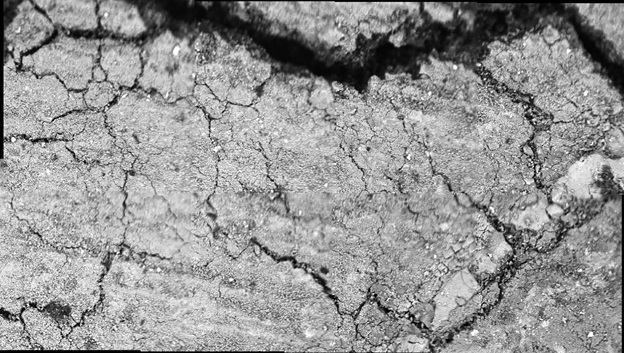
Figure 2. SEM panorama image of microfractures in the graphite layer of a degraded gray cast iron test sample. Image Credit: COXEM Co. Ltd.
Archaeological Wood
In addition to being the repository for USS Monitor artifacts, the museum houses several other archaeological collections which includes artifacts from the Princess Carolina, an 18th century transatlantic trading vessel (Figure 3). Three-hundred-and-thirty-one timbers from the ship’s bow structure were recovered in the mid-1980s from its excavation site in lower Manhattan, New York, and brought to the museum. Currently, the timbers are acidifying as a result of the oxidation of microbially-deposited sulfur to sulfuric acid which is believed to be catalyzed by the presence of iron. This process has led to the formation of precipitates on the surfaces of the timbers and within their cellular structure, and more concerningly, caused severe loss in mechanical strength to the wood.
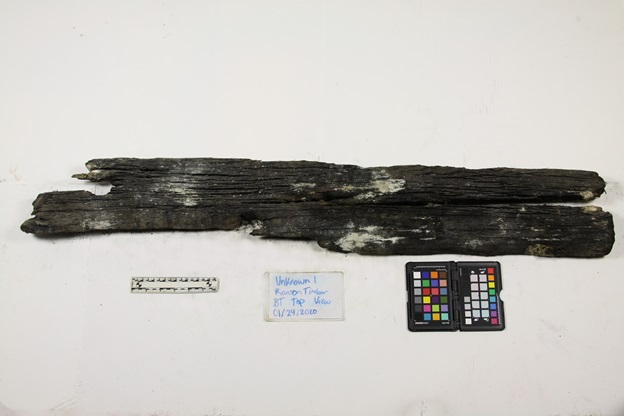
Figure 3. A Princess Carolina timber currently deteriorating as a result of acidification. Image courtesy of The Mariners’ Museum and Park.
Environmental SEM-EDS can be safely used on organic material making it a preferable choice for determining deterioration mechanisms in the timbers. Several samples were sent to Element Pi for surface analysis and elemental composition characterization. Utilizing EM-30N in “environmental mode” showed the presence of particles inside the cellular structure of the wood that EDS analysis identified as sulfur and iron compounds (Figure 4). These results support previous analysis indicating localized acidification in areas of iron exposure. This research will be used to orient treatment methods for the timbers as the museum works to establish appropriate protocols for the stabilization of Princess Carolina.
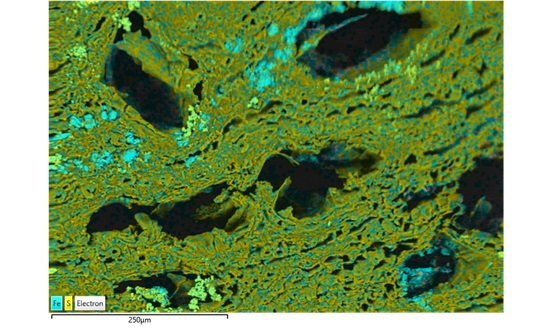
Figure 4. Layered elemental map of a Princess Carolina timber sample showing the presence of iron (teal) and sulfur (yellow) throughout the cellular structure. Image Credit: COXEM Co. Ltd.
Summary
For conservators and museums, the Coxem EM-30 series of TT SEMS are ideal tools to access the analytical capability of SEM, to help direct their conservation efforts. With a smaller footprint, intuitive operation, and lower cost than traditional full-size SEMs, TT-SEMs are finding their way into diverse and unexpected applications. Their small size and robust design even allow them to be deployed directly in the field for on-site analysis. To see how a TT-SEM can help advance your research, contact your local Coxem representative to arrange a demonstration.
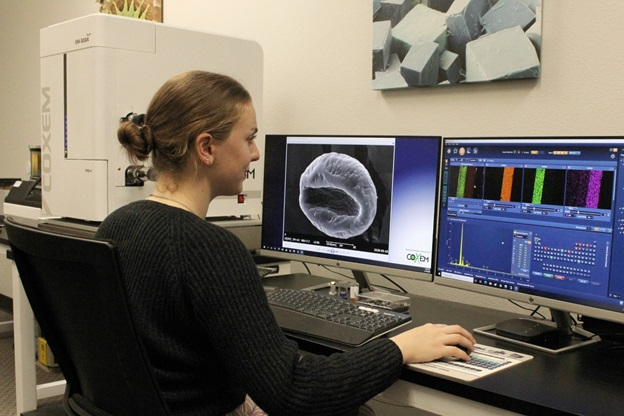
Figure 5. The EM-30 Tabletop Electron Microscope is an ideal tool for museums and universities. Image Credit: COXEM Co. Ltd.

This information has been sourced, reviewed and adapted from materials provided by COXEM Co. Ltd.
For more information on this source, please visit COXEM Co. Ltd.